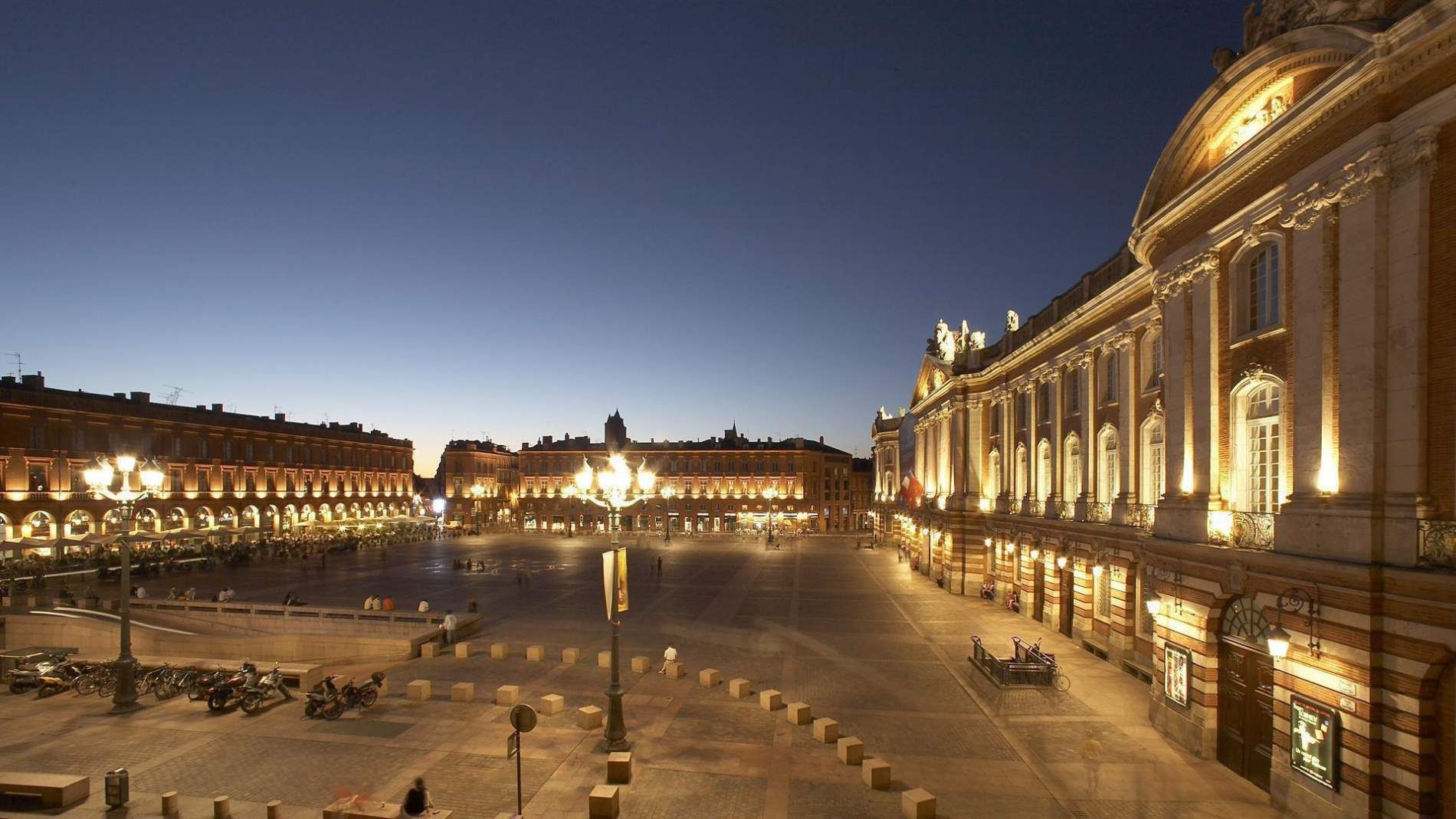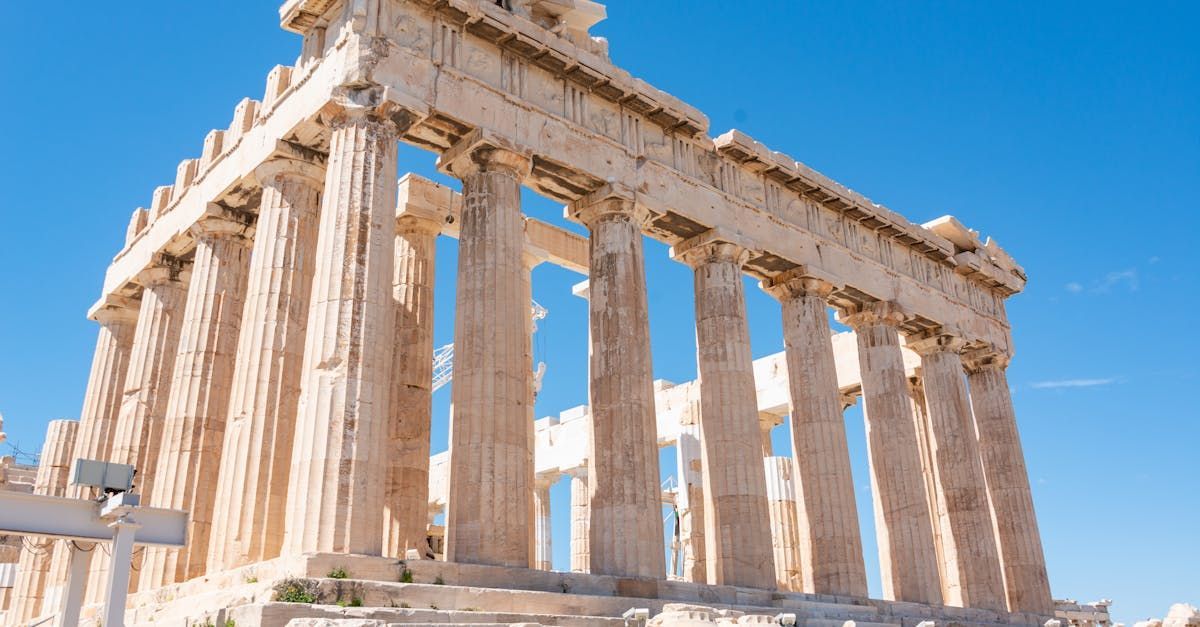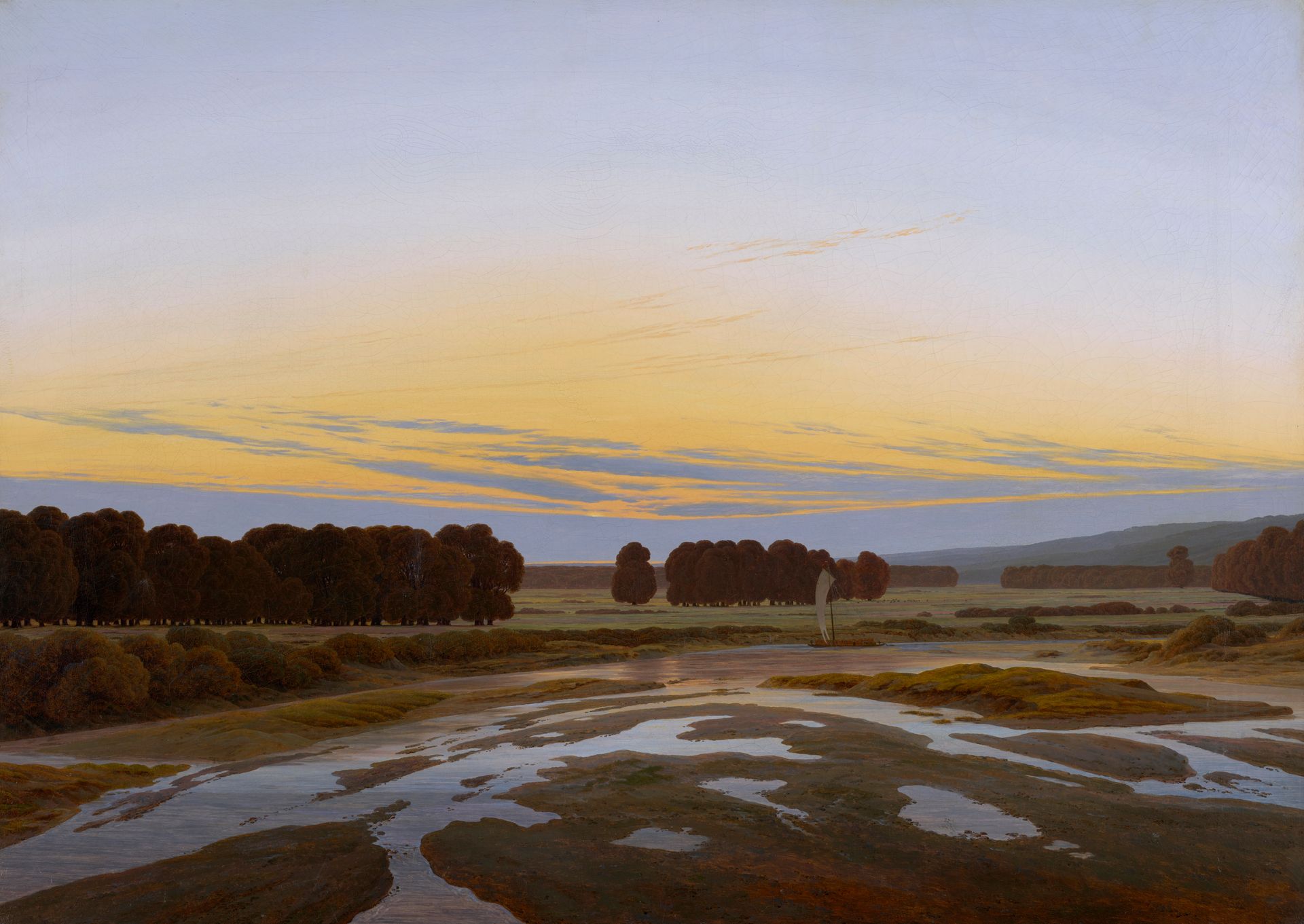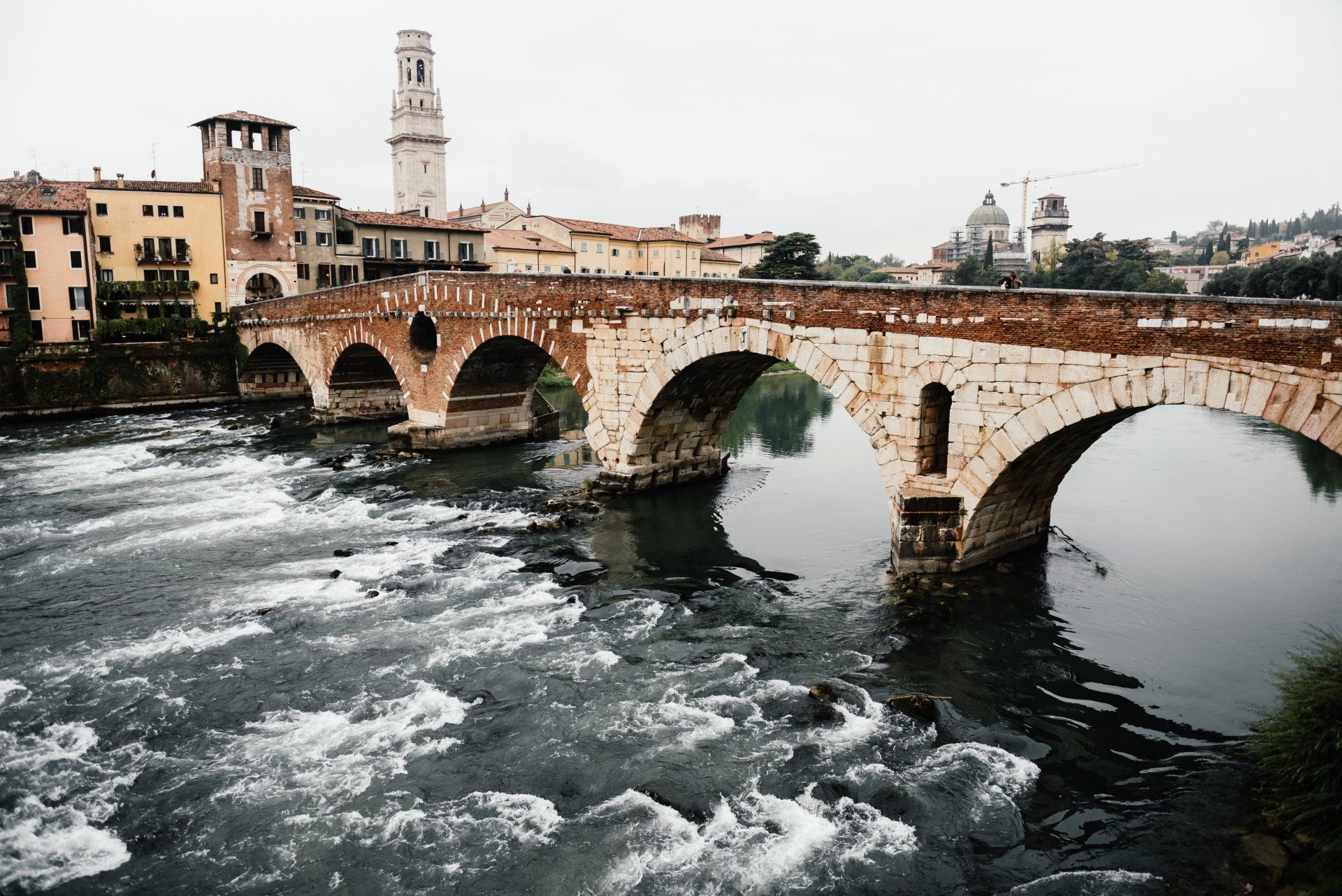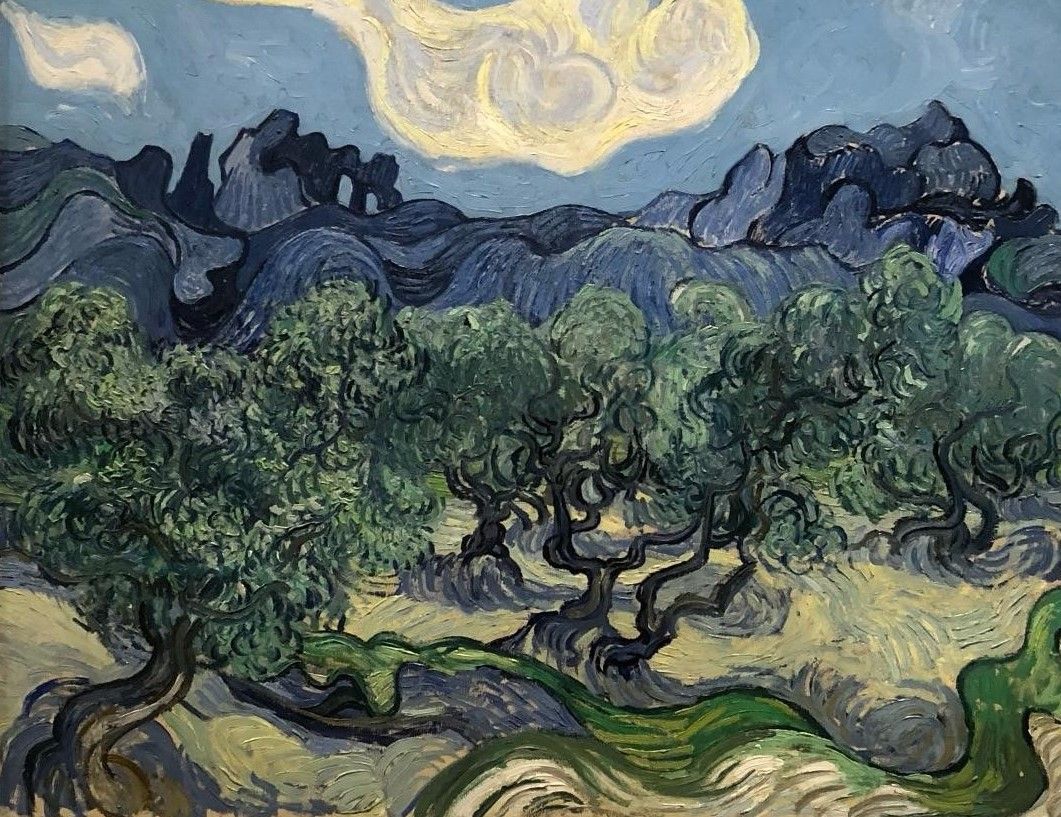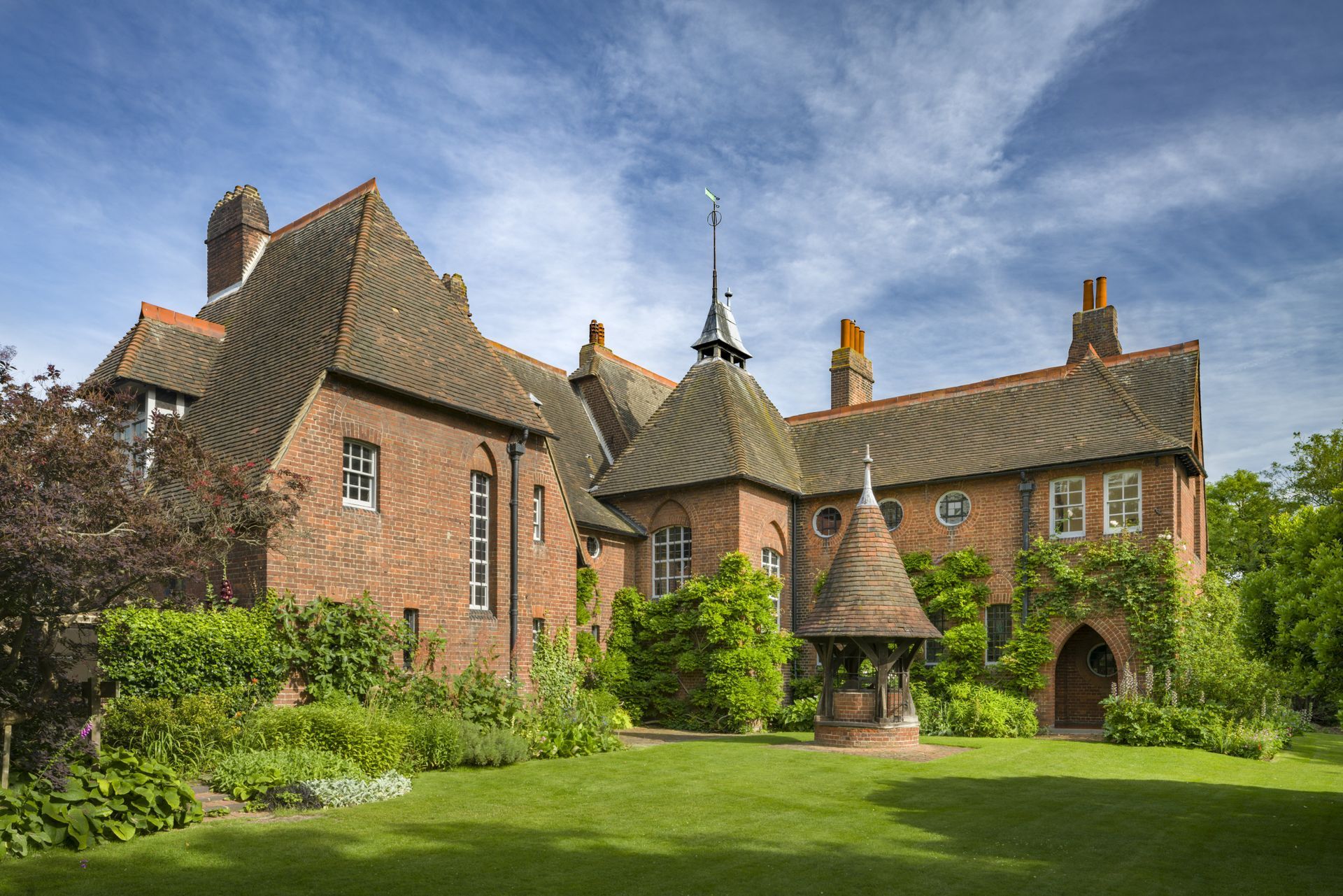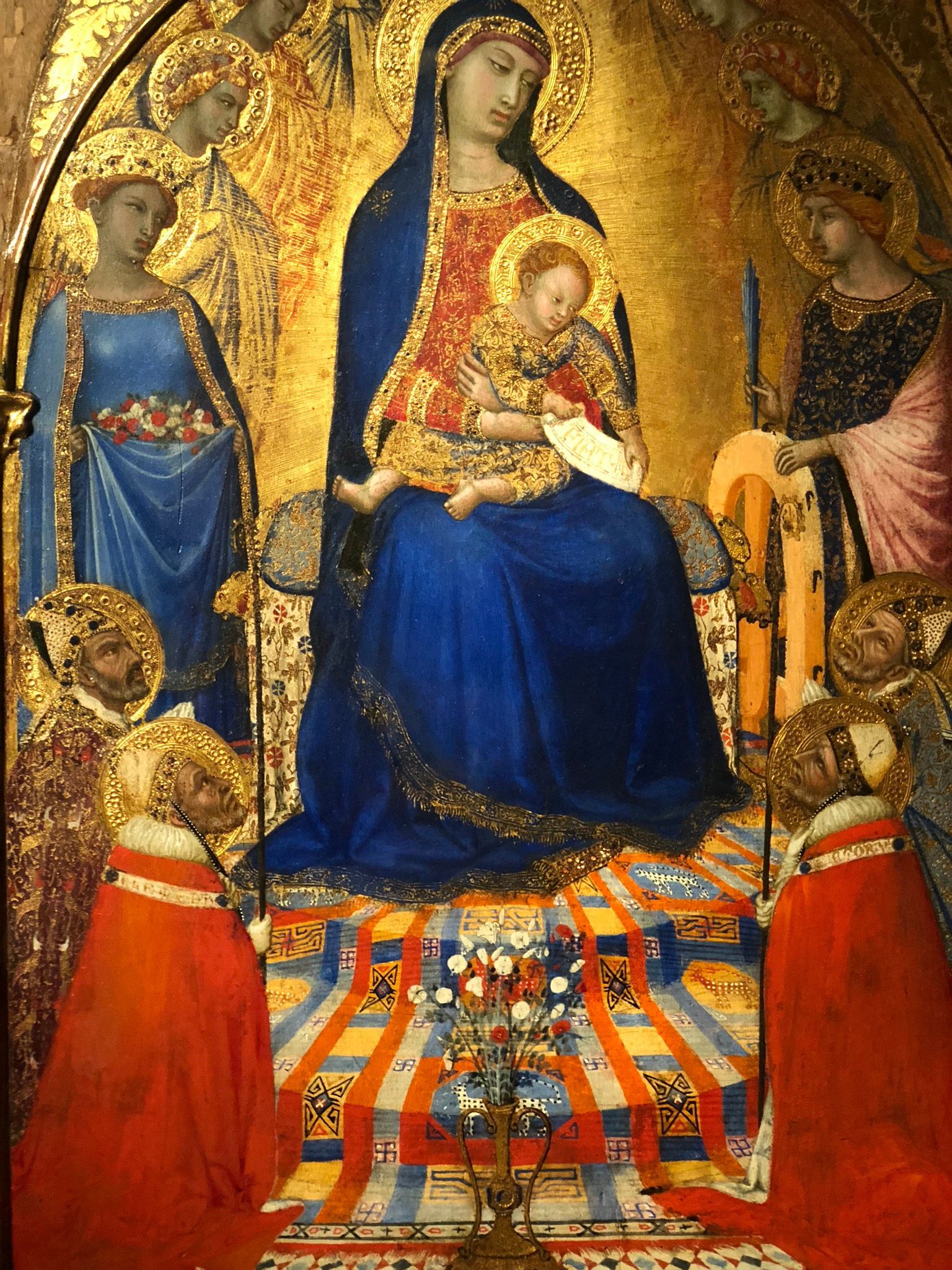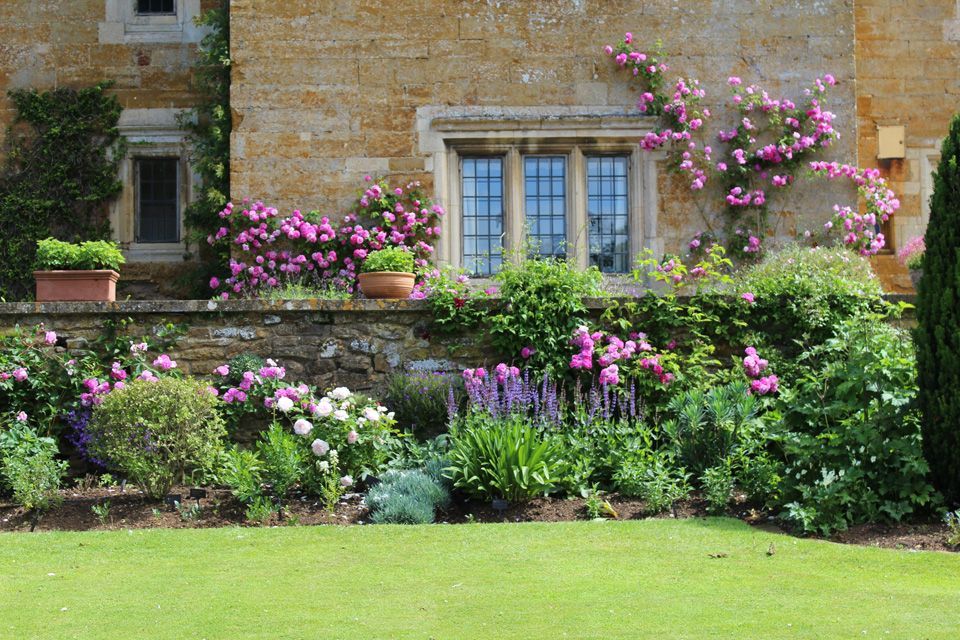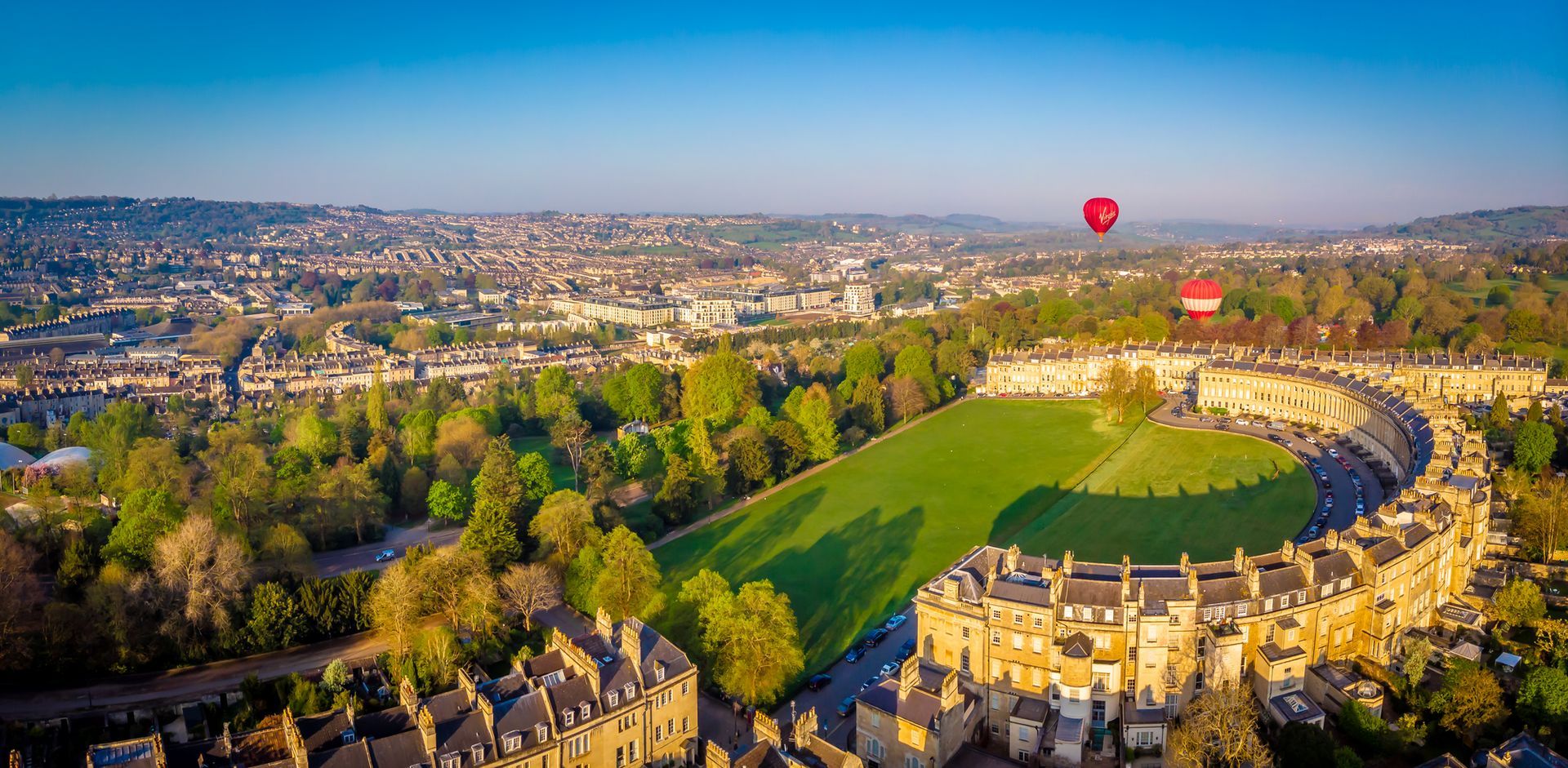BRUSSELS: Whiplash to Ziggurat
5 days | £2195 per person with Eurostar | 11-15 June 24
Brussels Nouveau/Deco
With a rich cultural tradition of trade and industry stretching back to the Middle Ages, Brussels around the turn of the twentieth century was a prosperous, sophisticated city seeking to define its identity as the bi-lingual capital of the diverse, youthful nation known as “the crossroads of Europe”.
Centre of the revolution which had forced the rest of Europe to recognise Belgium as an autonomous state in 1831, with an exploding population, burgeoning infrastructure and a programme of urban renewal to rival contemporary Paris or Vienna, Brussels began the nineteenth century as a modest commercial centre, and ended it as a thriving metropolis and acknowledged bastion of free-thinking and creativity, a beacon of the avant-garde in arts and sciences. It also witnessed one of the great flowerings of Art Nouveau.
The stylish and innovative town houses and public buildings of Victor Horta and his contemporaries set the standard for modern architects across Europe, using stone and iron, glass and ceramics in novel forms and combinations that defied tradition and boldly redefined concepts of utility, style and comfort.
Meanwhile jewellers such as Philippe Wolfers and Frans Hoosmans created spectacular pieces rivalling those of Lalique in Paris.By 1910 there were more than 2,000 buildings in the ‘new style’ adorning the streets of Brussels, and the city could make a fair claim to be considered the Art Nouveau capital of Europe. Many are sadly gone, but there are still gems to be found on almost every street and around unexpected corners.
Brussels is also the ideal place to explore the shift which occurs around 1918 between the dynamic, whiplash linearity of Art Nouveau and the streamlined monumentality of the style we know as Art Deco. In our walks and visits we shall have ample opportunity to compare the two styles and consider whether the dislocation between them is as profound as is sometimes claimed.
Day to day Itinerary
Day 1
Morning travel by Eurostar from London St Pancras to Brussels Midi. Transfer to our hotel by private coach in the Plce du Grand Sablon. Introductory stroll around the Grand Place, where we shall have an independent lunch. Return to the Place du Grand Sablon, a quiet maze of antique shops, chocolatiers and cafés, watched over by the Gothic splendour of Notre Dame du Sablon. We shall visit the church and take a stroll to the exquisite Place du Petit Sablon, laid out in 1890, with its 48 sculptures representing the Guilds of Brussels and railings designed by Art Nouveau master Paul Hankar in his student days. We enjoy a group meal together at the hotel.
Day 2
We begin the day at the Museum of Musical Instruments, housed in the former Old England department store building, a spectacular Art Nouveau showpiece designed by Brussels-born architect Paul Saintenoy. Much of the interior has been preserved as an evocative setting for a diverse collection of musical instruments ancient and modern, from Roman clay bird-flutes to modern electric guitars. Our next stop is the Comic Strip Museum, formerly the Waucquez Building, designed by Victor Horta as a fabric warehouse in a masterly application of Art Nouveau to a commercial public space. After surveying the building at leisure we stop for an Included lunch at the magnificent Brasserie Horta inside the museum, before continuing to the Autrique House, Horta’s first townhouse commission and a crucial stage in the development of his idiosyncratic style of Art Nouveau. Passing through the Cinquantenaire Park we will see another early Horta work, the Temple of Human Passions, before ending the day at the Cauchie House. This Art Nouveau gem was designed and decorated by artist-architect Paul Cauchie and his artist wife as a combined home and studio, the exquisite sgraffito artwork on the exterior serving as an advertisement of their skills as well as an aesthetic delight. Return to hotel for an evening at leisure.
Day 3
A day on foot in Brussels. We continue our exploration of Victor Horta’s influence and achievements with a visit to admire the innovative exterior of the Tassel House, designed for his friend Emile Tassel, mathematician and fellow Freemason. Controversial at first, this was the work which established Art Nouveau as the signature style of fin-de-siècle Brussels, and Horta as its greatest master. A short stroll will bring us to the full flowering of his talents at the Hôtel Solvay, where, working with a free hand and virtually unlimited budget he created a marvel of luminous, interconnected spaces into which light filters through vast windows and a spectacular stained glass skylight, softened by carefully orchestrated coloration of walls, floor coverings, and furniture, all to Horta’s personal designs.
After an independent lunch, we have the chance to compare Horta with his contemporaries as we admire the Hannon House designed by Jules Branfaut for friends Édouard and Marie Hannon. Brunfaut was influenced as much by French Art Nouveau as by Horta and his other colleagues in Brussels, and the traces of ‘Style Nancy’ are especially evident in the stonework and sculptural elements of the façade, which also has some fine ironwork and stained glass. Not far away is the house and studio which Horta built for himself, now the Horta Museum, dedicated to his life and works. Here we end the day exploring this magnificent showcase, workplace and home and gaining a deeper understanding of a remarkable man and his unique architectural legacy. Independent evening.
Day 4
Today we bridge the divide between Art Nouveau and the style commonly called Art Deco, with a visit to Vienna Secessionist Josef Hoffman’s extraordinary Stoclet Palace. Originally intended for the exclusive Hohe Warte district of Vienna, family circumstances resulted in its erection here, an austere, angular giant among the flowing lines and intricate decoration of Horta and his followers. Declared a UNESCO World Heritage Site, it remains a private residence with no public access, but the exterior is sufficiently striking as a harbinger of the stark change in style which followed the devastation of the 1914-18 war.
Pausing to admire the splendidly idiosyncratic Art Nouveau of Ernest Delune’s studio for stained glass master, Clas Grüner Sterner, we continue our exploration of Art Deco at the Flagey building, designed by Brussels architect Joseph Diongre (although engineer Raymond Braillard added the distinctive tower) as a headquarters for Belgium’s first national radio broadcaster. Completed in 1938, and now a social and cultural hub, the ‘Packet Boat’, as it is sometimes called remains a prime example of Art Deco architecture.
Even more spectacularly Deco is the luxurious Villa Empain built by Swiss-Belgian architect Michel Polak for financier and radical social reformer Baron Louis Empain. The combination of elegant simplicity of line, richness of materials, and modern conveniences including a large state-of-the-art swimming pool, makes this building a true Deco classic. After a checkered history including wartime annexation by the occupying Nazis, the Villa has been lovingly restored to its former glory by the Boghossian Foundation.
After lunch at the Villa café, a short drive brings us to the Brussels-North railway station designed by Paul Saintenoy between 1952-6, with its elegant ticket hall and famous clocktower. We conclude our Deco day amid the Neo-Byzantine splendour of the National Basilica of the Sacred Heart, one of the largest Art Deco buildings in the world.
Final group dinner.
Day 5
For our last morning we return to Victor Horta and experience his most sophisticated and resplendent design, the Hôtel van Eetvelde. Completed in 1895 for Baron Edmond van Eetvelde, Secretary of General of the Congo Free State, the building was commissioned to be both a family home and a ministerial residence. The resulting house satisfied this difficult brief to perfection, with its innovative layout including a majestic Winter Garden, and startling combinations of materials from industrial iron to the finest tropical hardwoods. Horta called this the ‘most audacious’ design of his career; the ultimate fulfilment of his vision of creating a harmonious living and working environment.
After a final walk to admire the splendid façades of Square Ambiorix, including Gustave Strauven’s extravagant Saint-Cyr House, we will take the coach to Brussels Midi for the return Eurostar to London St Pancras.
NH Collection Grand Sablon
The NH Collection Brussels Grand Sablon is on Brussels’s most beautiful square, famous for its antique shops and chocolatiers. Near to the hotel are the Grand Palace, the centrepiece of the city, and the Royal Museums of Fine Arts. All rooms have a contemporary feel with a fresh neutral colour scheme.
Per Person: £2195
Join Direct: £2095
Single Supp: £275
Departure Dates:
11-15 June 2024
Duration:
4 nights / 5 days
Your Holiday Includes:
- Eurostar return between St Pancras International and Brussels Midi
- Transfers and excursions in Brussels by private coach
- Four nights’ accommodation at the 4-star NH Collection Grand Sablon, Brussels
- Two dinners and one lunch
- Guided visits to the sites and monuments listed in the programme
- Services of the tour lecturer and a tour manager
- Detailed programme and Study Notes
- All entrance fees, taxes, and gratuities for coach drivers and waiters
Tour Lecturer

Dr Justine Hopkins
Dr Justine Hopkins is a freelance lecturer and writer, specialising in art of the 19th and 20th centuries. Justine has taught for various universities, including Bristol, Cambridge, Oxford and London, and lectures regularly for both Tate galleries, the V&A, the National Gallery, and numerous independent art groups.
Hotel Resort: Brussels
Star Rating: ★★★★☆
Board Basis: Bed & Breakfast
Travel Information
Tour Manager:
Julie Kirkup
Contact Info
Tel: 01280 430 175
Email: hello@fineandcultural.com
Fine and Cultural Tours Ltd
1 West Street, Buckingham, MK18 1HL
Tours
Quick Links

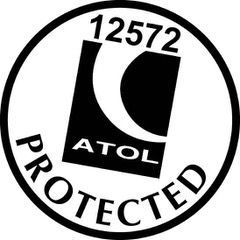
All Rights Reserved | Fine and Cultural Tours | Booking conditions | Privacy Policy
